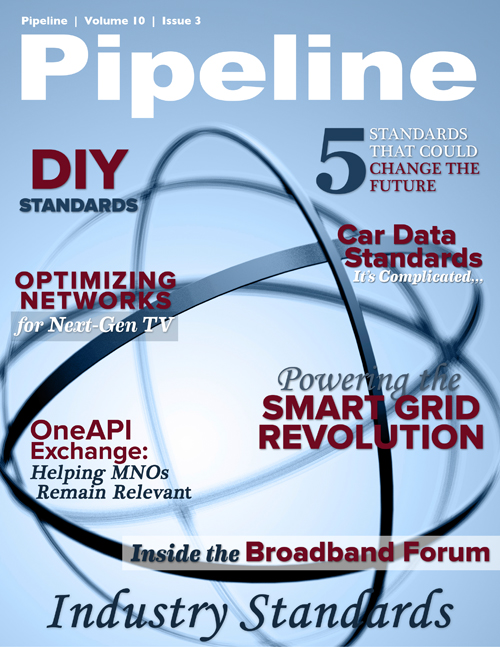Car Data Standards: It's Complicated
The Connected Vehicle Task Force of the Intelligent Transportation Society of America (ITS America) is comprised of members of the auto industry as well as telematics, academic and R&D organizations, plus ITS systems integrators, the U.S. Department of Transportation (DOT) and other public-sector authorities. It is looking to advance the Wireless Access in Vehicular Environments (WAVE) standards within the suite of dedicated short-range communications (DSRC) for short-range connections between vehicles, devices and municipalities. DSRC is based on Wi-Fi standards and supports safety services like collision warning systems and location-specific applications such as traffic and tolling.
WAVE is currently being pilot tested by the DOT and administered by the University of Michigan, and includes the cooperation of Toyota, General Motors and Ford. The results of the tests will be taken into consideration by the National Highway Traffic Safety Administration (NHTSA) for upcoming policy decisions regarding the promotion of connected cars and making next-generation emergency services available online.
The DOT states that the main objectives of its “safety pilot” are to:
- support the 2013 NHTSA agency decision by obtaining empirical data on user acceptance and system effectiveness;
- demonstrate real-world connected vehicle applications in a data-rich environment;
- establish a real-world operating environment for additional safety, mobility, and environmental applications development;
- archive data for additional research purposes.
The aforementioned report from MarketsandMarkets predicts that LTE will be the most ubiquitous form of wireless connection for cars, particularly when they’re in use. But widely reported security issues surrounding cellular connectivity raise serious questions about the long-term success of connected cars. If a vehicle is going to function as envisioned—as a mobile-services-consuming monster—security is going to have to become tighter.
Tethering is one alternative, and gives a vehicle’s owner the added convenience of being able to use his or her existing data plan. Wi-Fi also offers some benefits, as does Bluetooth. But none of these options on their own can currently serve as a ubiquitous means of connection.In the near term, depending on the application that’s being used, a hybrid approach appears to be the most practical for all involved. End users are getting more and more comfortable toggling between cellular and Wi-Fi networks thanks to the iPad and other tablets, which introduced the hybrid-connectivity approach to the marketplace with relative ease starting in 2010.
Last month IBM announced that Sprint will use the IBM MobileFirst solution in its Sprint Velocity connected-car platform to create a more integrated end-user
experience. “With the adoption rate of smartphones steadily on the increase, users have come to expect their preferences to transfer from one device to another,” said Bob S.
Johnson, director of development for Sprint Velocity, in an IBM press release. “Transfer of your personalization and customization settings to the connected car is the next logical step for
automotive manufacturers looking to drive innovation in a very competitive market. To make this a reality, Sprint Velocity is working with IBM to provide open access across a select group of
platforms and partners so vehicles can seamlessly connect a wide array of services and mobile devices.”





















